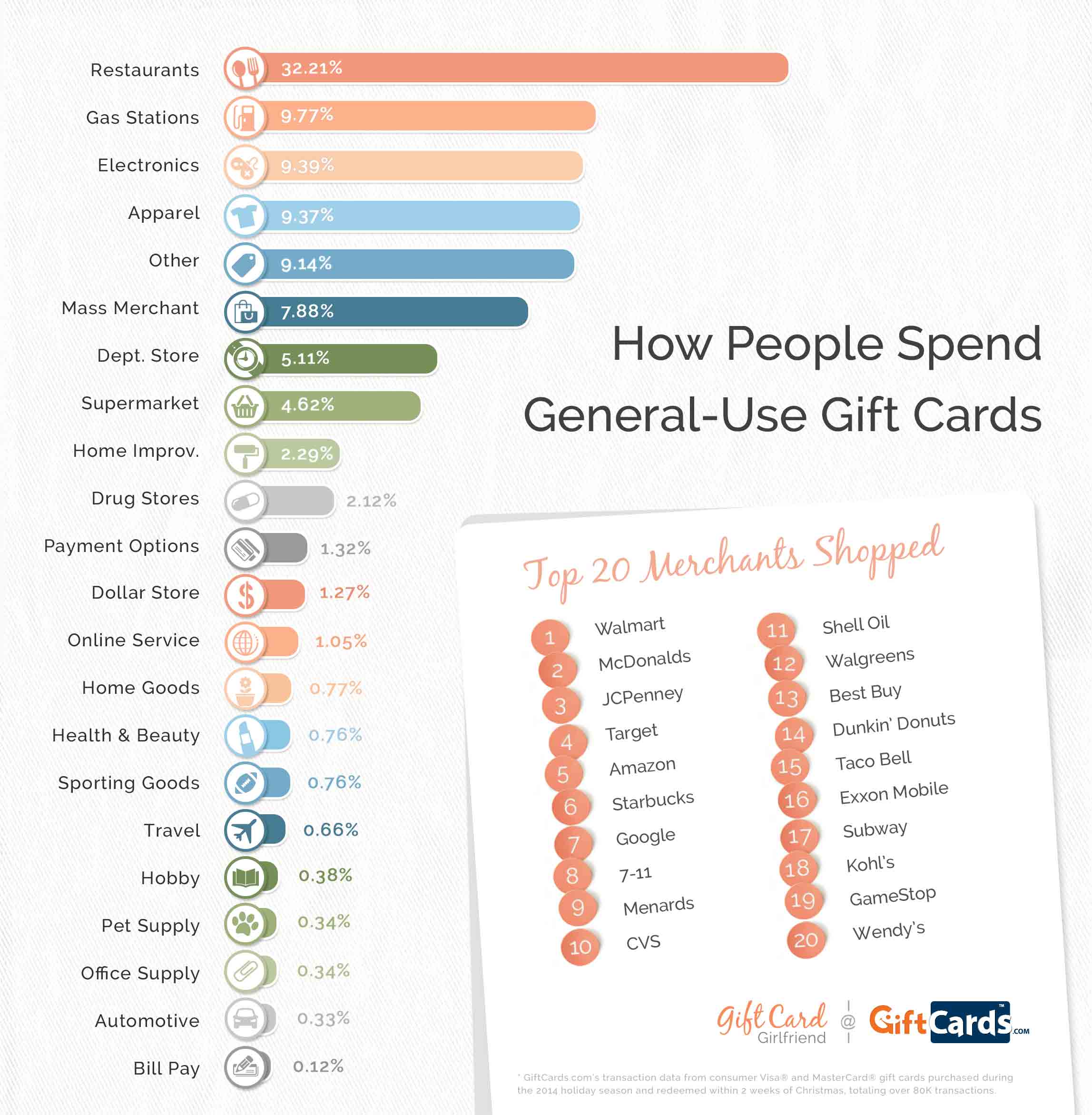Using UV laser engraving, musicians can elevate glass art to new elevations. From deep inscriptions that produce a responsive experience to surface area markings that are more subtle, the resulting art work can astound and inspire.
To limit cracking during laser engraving, apply a thin coat of liquid dish soap to the surface of your workpiece. This will assist dissipate any type of warm brought on by the laser and protect against the inscribing surface from becoming rough.
Translucency
Glass may look delicate, yet it's in fact a long-lasting material. You can discover basilica windows made from glass that more than 500 years of ages. Glass is additionally exceptionally difficult and can endure some heavy tons. It can also be toughened up, that makes it stronger and a lot more durable. This permits personalized glass to continue to be looking beautiful and intact for a very long time.
If you're displaying your engraved glass, it is recommended to put it on a quality stand or structure. This will certainly make the glass look even more official and respected. An additional alternative is to use a light for your display. This will illuminate your engraved glass, which can really make it sparkle.
When etching glass, it is important to use heat-resistant handwear covers. The particles developed during the process is extremely warm and can create burns if you touch it. It is also a great concept to work in a well-ventilated location.
Reflection
The different appearances of sandblasted and clear glass produce one-of-a-kind aesthetic results depending on the light. When mirrored light is routed from the side, shadows cast over the unequal surface area of sandblasted glass, which can improve the regarded appearance and add depth to the style. When backlit, the sandblasted locations of glass are changed right into a diffused light panel, gently lighting the piece and highlighting its frosted areas.
Inscription is a form of design on glass using a device to abrade the surface area to leave a mark, from the very easiest diamond-point hand devices to intricate machinery. It is a part of glass art, in addition to etching and cut glass.
Till lately, developing engravings was an extremely labor-intensive and pricey procedure. The invention of first sandblasting and then laser etching considerably decreased the price of glass inscription, making it feasible to get much more customized engraved items. It likewise enables the development of layouts that could not be generated with earlier approaches.
Openness
The crystal quality of etched glass makes it a stylish canvas for elaborate designs that serve both aesthetic and functional purposes. Whether it's for decorative art, awards, or personalized glass wares, the blend of sophistication and function sets engraved glass besides various other creative mediums.
Engraved glass is also long-lasting. It can be found in sanctuary home windows that have actually endured for greater than 500 years. It is immune wedding gift engraved glass to the most abrasive wear and tear, making it a durable and versatile selection for industrial areas or household homes.
The inscription process uses warmth to soften the glass and make it flexible enough for pattern inscribing. Depending upon the desired layout, the etching can create text or images and can also give them deepness for a 3D impact. The modern laser inscribing procedure can work on the surface of the glass in addition to inside it. This allows for even more in-depth pictures than the standard stipple process.
Color
Personalized glass is a sort of ornamental glass with a three-dimensional pattern or picture. It is frequently made use of to produce personal privacy without blocking light and provides a sophisticated search for homes.
The earliest engraving technique entails incising the design right into glass with a rotating copper wheel fed with abrasives. Extra modern methods include diamond scribing and stipple engraving. The last works by touching a very hard, sharp point (typically tungsten carbide) onto the surface area of a glass piece to make little dots. By varying the thickness of the dots, different tones can be generated, from black to white.
Lasers are the newest glass inscribing technology. They utilize a concentrated beam of single light to warm the glass, which vaporizes and fractures it. The laser's accuracy allows for in-depth layouts, but it is very important to make use of a jig or clamps to secure the glass to avoid activity that can bring about misalignment. This is particularly critical for glass that has been engraved or sandblasted.
